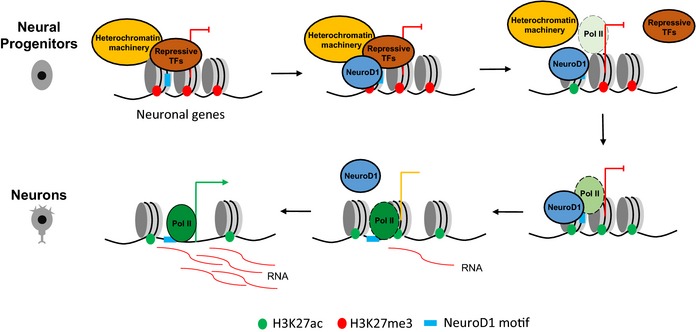Figure 8. NeuroD1 reprograms chromatin and transcription factor landscapes to induce the neuronal program.

In neural progenitors, NeuroD1 target promoters are embedded in heterochromatic environment. Upon induction, NeuroD1 binds to its target sites by recognizing its sequence motif which is followed by replacement of heterochromatin machinery and repressive transcription factors. The loss of inactive (H3K27me3) and gain of active (H3K27ac) histone marks are accompanied by increased chromatin accessibility, leading to recruitment of RNA polymerase II and gene expression. Similar dynamics is observed at NeuroD1 target enhancers except that H3K27me3 was absent at these sites prior to NeuroD1 binding. Consequently, NeuroD1 induces gene regulatory program that specifies neuronal fate. Despite a transient NeuroD1 action during neurogenesis, the transcriptional induction of target neuronal genes persists for longer term via epigenetic memory.
